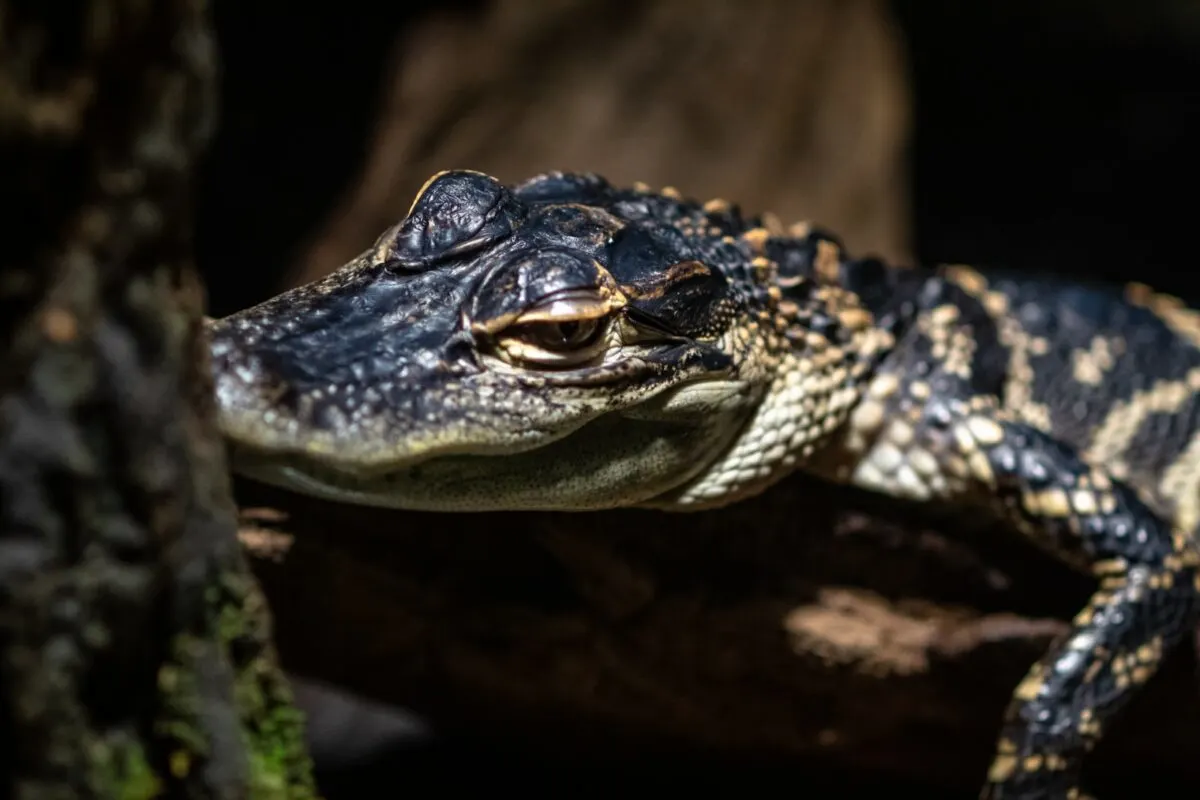Do you often think about what it’s like to raise a baby alligator? It may sound intimidating, but with the right guidance and care, raising a baby alligator can be an incredibly enjoyable experience!
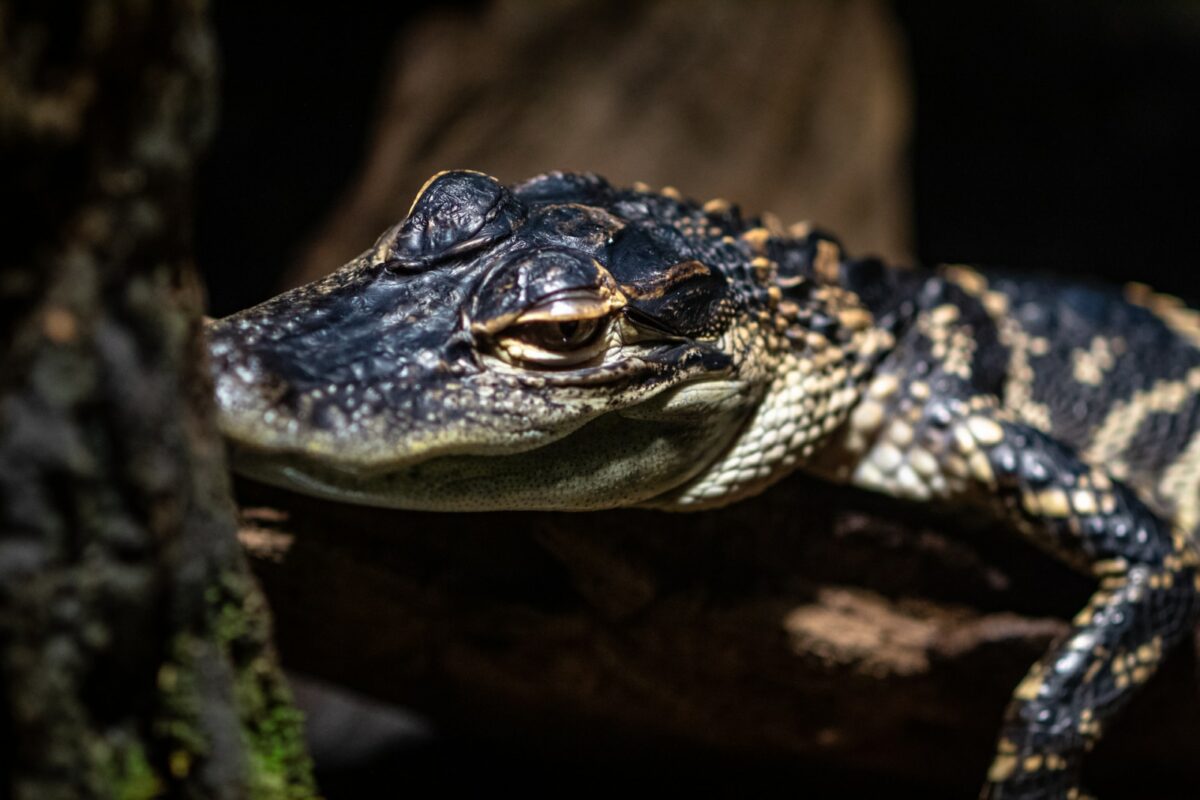
Being the proud owner of a baby alligator can be an exhilarating adventure. They are cute, charismatic, and fascinating creatures that capture people’s hearts from the moment they come home.
Whether you’ve just added one to your household or are simply curious about these scaly friends, learning what it takes to keep them happy and healthy is key to creating a special bond with your new pet.
Baby Alligator
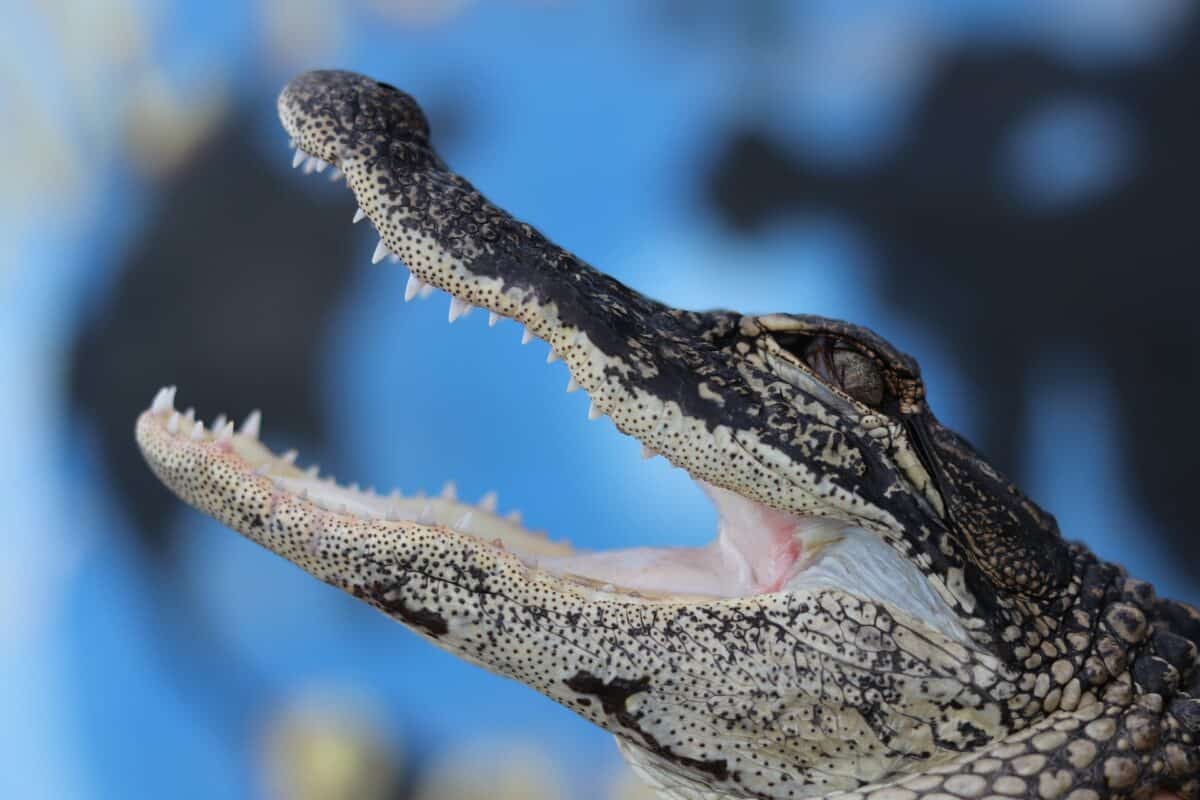
Baby alligators, called hatchlings, are young alligators that recently hatched from eggs. They are generally about 6 to 8 inches long and have light green or yellowish skin with black stripes. Hatchling alligators can move and fend off predators as soon as they emerge from their shells.
They feed on insects, fish, crustaceans, worms, and other small animals in their natural habitat. During the first few years of baby alligators’ lives, they will stay close to their natal pool or marsh for protection until they become large enough to find food and defend themselves.
Experience of Raising a Baby Alligator
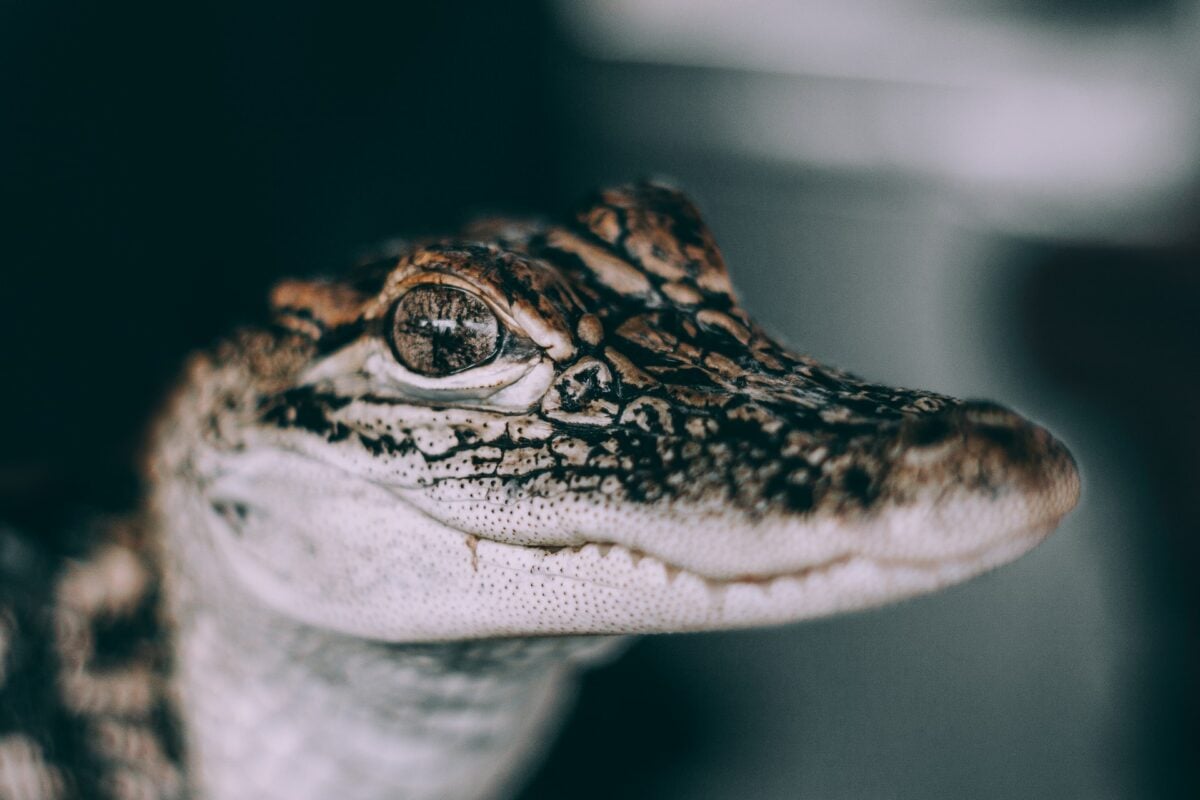
Raising a baby alligator is a unique experience that requires plenty of research into the needs of these reptiles and adequate preparation to ensure their habitat meets all their requirements.
It can involve acquiring an enclosure large enough to provide an environment replicating the conditions of the alligator’s natural wild habitat as much as possible. Supplements such as vitamins, minerals, and dietary proteins are also important to ensure good nutrition and general health.
Baby alligators are relatively high-maintenance due to the need for frequent feeding and maintenance of their enclosures. They also require daily care to maintain optimal health, including regular cleaning of the enclosure and monitoring water quality.
Alligators As a Part of the Ecosystem
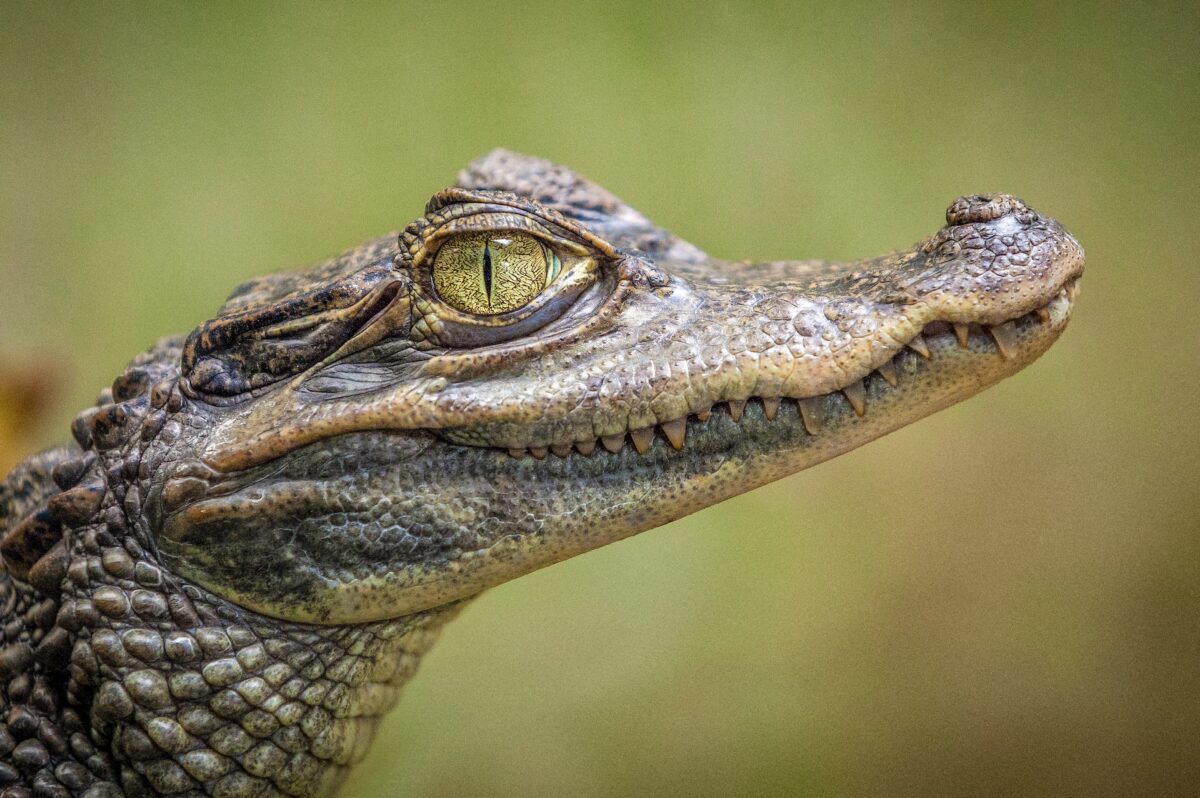
Alligators help to keep the population of prey animals in check. It helps maintain a balance in the food chain and ensures that species become manageable. They also help to keep the water clean by eating carrion and other decaying matter.
Alligators Are Fascinating Creatures
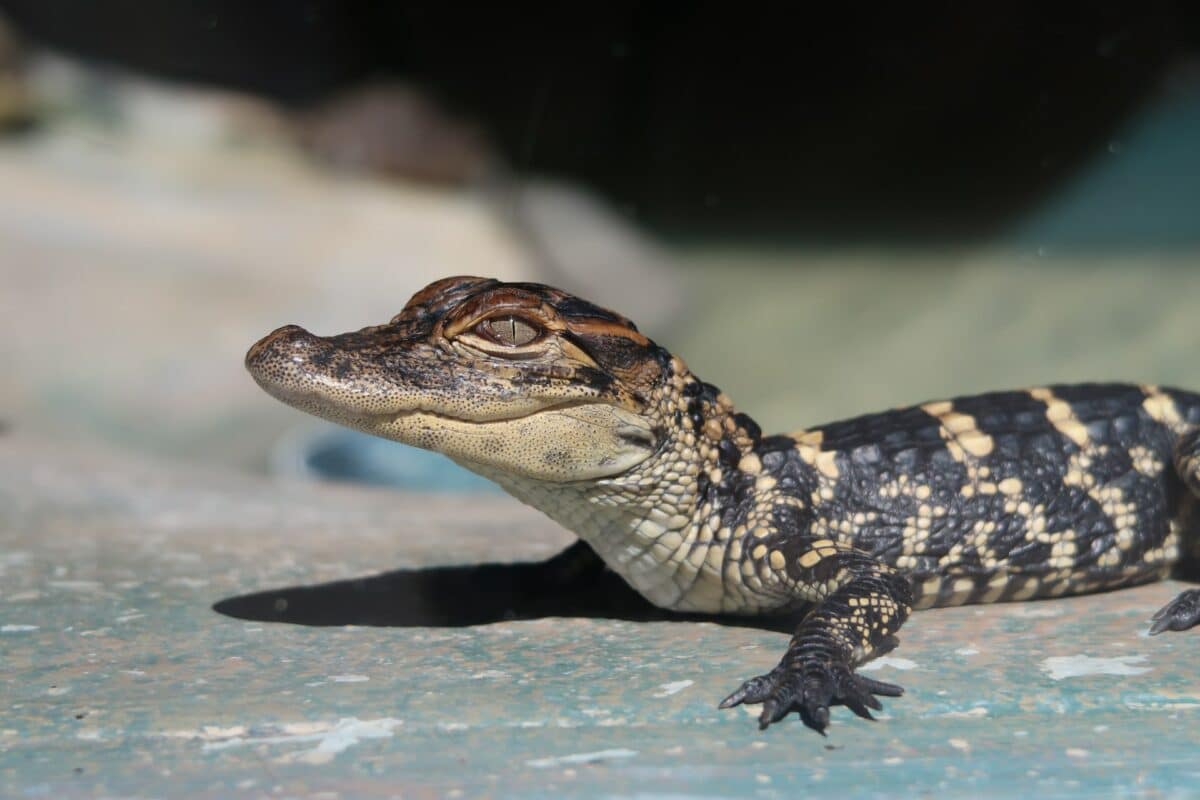
Alligators are fascinating creatures that have been around for millions of years. They are a living link to the dinosaurs and offer a glimpse into the past. Alligators are also unique in that the sex of a baby alligator can be engineered depending on the temperature at which they are incubated.
Sustainable Alligator Farming
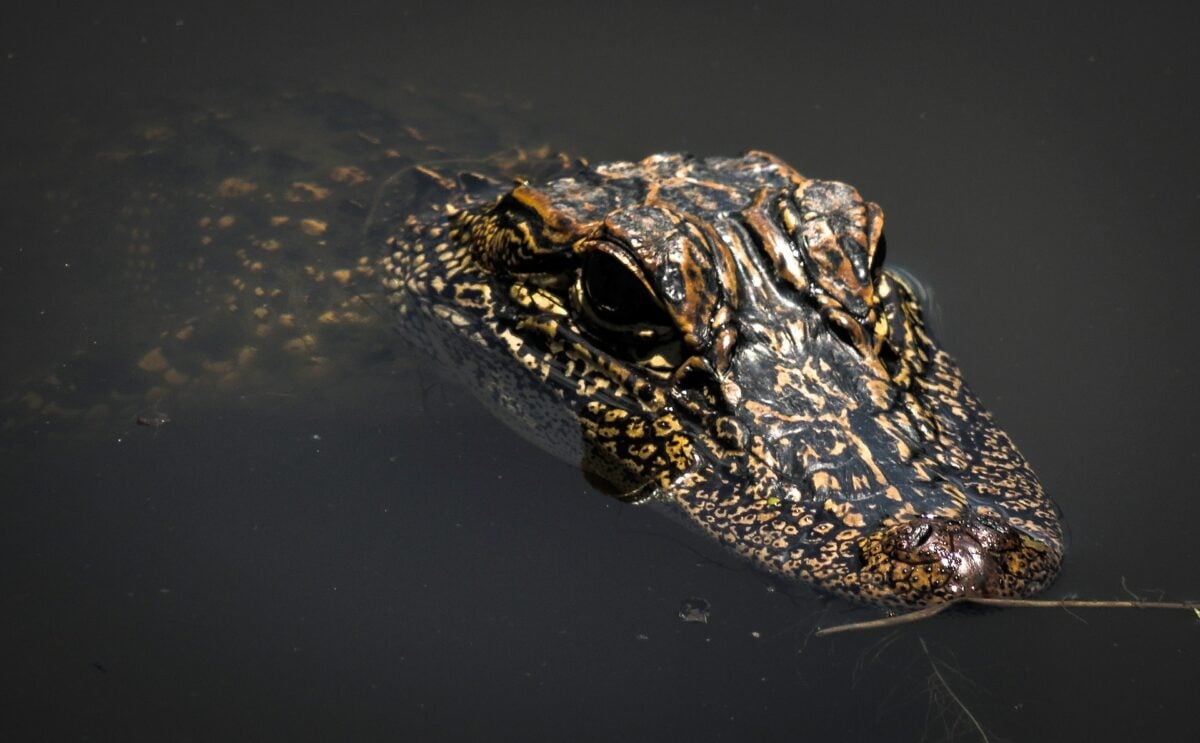
Alligator farming is a sustainable industry that does not require killing wild animals. They can be farmed using only a small amount of land, making it an efficient use of resources. Additionally, alligator farming provides jobs and economic opportunities in rural areas.
#1 Healthy and Nutritious Meat
Alligator meat is a healthy and nutritious alternative to other meats such as beef or pork. Alligator meat is low in fat and calories and high in protein, making it a healthy option for those looking to lose weight or maintain a healthy lifestyle. Lastly, alligator meat is a good source of vitamins and minerals.
#2 Alligator Skin Is Durable and Versatile
Alligator skin is one of the most durable natural materials available, making it ideal for various applications such as shoes, belts, and wallets. Moreover, alligator skin is water-resistant and naturally antibacterial, making it ideal for medical applications such as wound dressings and prosthetics.
#3 Raising An Alligator Can Be Rewarding
Raising an alligator can be a rewarding experience that teaches responsibility and patience. Caring for an alligator requires time, effort, and dedication, but the rewards are well worth it. Those who raise alligators form strong bonds with their animals and find great joy in watching them grow and thrive.
Caring For Baby Alligators
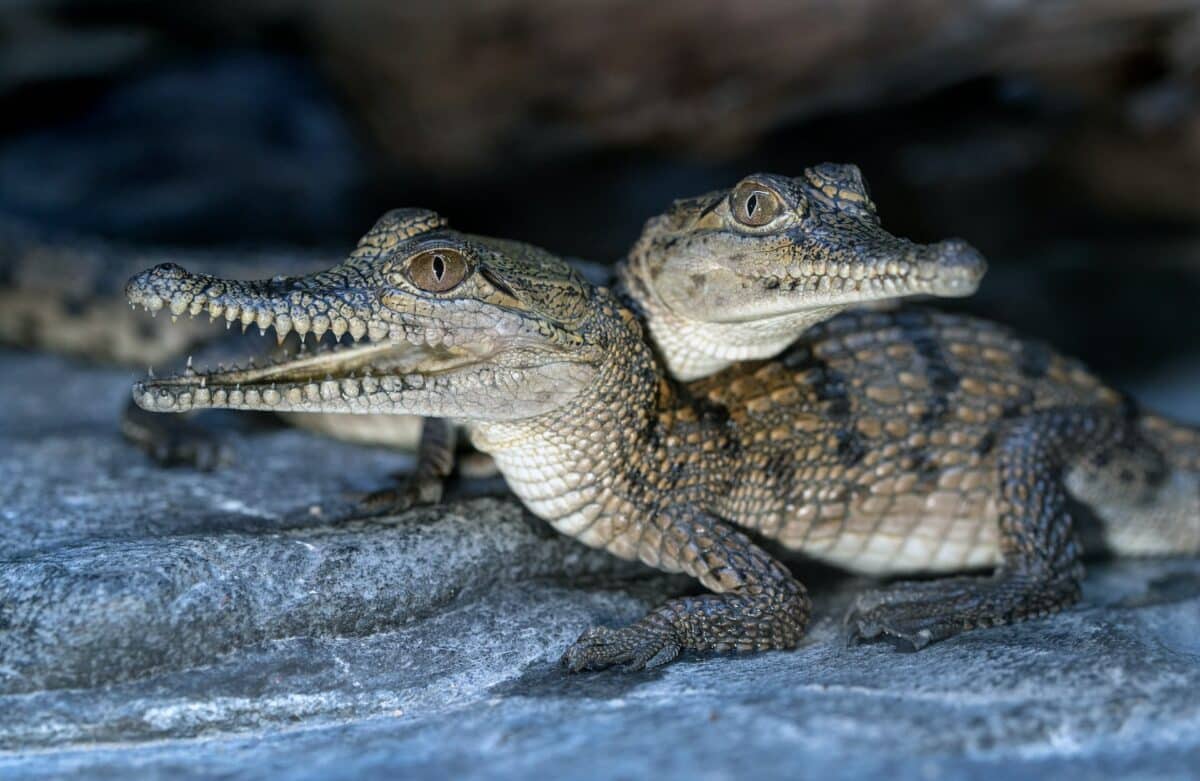
Although caring for baby alligators is a rewarding experience, it requires immense attention and effort. Alligators, whether young or old, need an enclosure that is secure and close to the size of their adult home.
The habitat should provide them with plenty of warmth and space to move around so they can develop into healthy adults. Additionally, their water containers will need excellent filters to keep them clean. A well-balanced raw meat diet from a reputable source is also important as they grow.
Moreover, they require special care when being handled, as baby alligators can be skittish and unpredictable around new people. With the right environment and care, your pet alligator will grow strong and healthy, allowing you to enjoy its unique presence for years to come!
#1 Housing Requirements
Most species of alligator are a vulnerable conservation concern, so people can’t take their housing requirements lightly. In the wild, females stay with their hatchlings much longer than male alligators.
Wild alligators typically build nests or burrows close to marshes and shallow ponds. In captivity, however, baby alligators require an enclosure of at least 20 square feet with a good water source, such as a small wading pool.
This enclosure should also be heated to a temperature range between 75°-93° F (24-34°C) and equipped with basking spots since baby alligators rely on the heat radiating off surfaces to digest their food appropriately.
It is very important to also provide various items in this area, like logs, rocks, and other artificial structures. A baby gator needs enough space to move about and hide for privacy, which will reduce stress levels. If conditions are met properly, you can expect baby gators to grow and thrive happily.
#2 Size and Type of Enclosure
Baby alligators require an enclosure that offers adequate space to maintain a healthy growth rate and should not be overcrowded with other animals. Enclosures should have approximately 356 square feet of open area per adult alligator to provide the best environment.
The enclosure should include shallow areas with depths of no more than 3-4 feet for younger alligators and deeper water (10-12 feet deep) for adults. The tank can be made of concrete, glass, or plastic. It should have a secure lid to ensure safety, both for the human caretaker and the alligator.
#3 Temperature, Humidity, and Other Environmental Needs
Baby alligators have particular needs when it comes to their environment. Temperature plays an important role in the well-being of baby alligators, with a range of 75-93° Fahrenheit being ideal for both hatchlings and juveniles.
Similarly, humidity should remain between 70% and 80% for the baby alligators to thrive. These two environmental factors are essential for successfully raising baby alligators in captivity.
Additionally, providing access to shade throughout the day is necessary as young alligators are prone to overheating and dehydration, even in shallow bodies of water or small lakes. Maintaining a proper temperature and humidity level is critical for keeping baby alligators happy and healthy.
#4 Types of Foods to Provide
Providing nutritionally-rich food sources is necessary to keep baby alligators healthy and strong. While these soon-to-be reptiles can eventually grow to enormous sizes, they start small, with tiny mouths that require special attention regarding their diets.
Baby alligators need frequent feedings, as they go through a meal roughly every three days. It is best to feed them small insects or chopped-up fish filets – anything else can be challenging for them to digest. Experts also recommend earthworms, slugs, and smaller frogs as the best way to ensure proper growth and development.
It’s important to supervise feedings closely so that smaller lizards or amphibians aren’t swallowed whole and can provide adequate nutrition for the growing gator.
#5 Frequency and Amount of Food Needed
As growing animals, baby alligators require more food than adults. However, providing too much food may stunt their growth or cause health issues. It is important to adhere to disciplined feeding intervals while also being mindful of not overfeeding them.
Get more information about what alligators eat here.
#6 Vaccines and Parasite Prevention Treatments
Baby alligators are a unique species that must be protected and properly cared for. When it comes to keeping them healthy, the best route is prevention. It is important to vaccinate baby alligators against common diseases they may encounter and regularly provide them with parasite-prevention treatments.
These treatments should include evaluating the water they inhabit, reducing stress factors in their environment, providing healthy food sources, and closely monitoring their health. Establishing these preventative measures is critical to keep baby alligators safe from sickness.
#7 Scheduled Examinations With a Veterinarian
Ensuring scheduled examinations with a veterinarian can help ensure these animals remain strong and healthy for years to come.
During such examinations, veterinarians look for signs of illness or injury, perform physical exams, and take blood and urine samples and immunization status. They will follow up on any previously diagnosed illnesses, check for parasites, inspect skin health, and more.
Beyond ensuring the health and safety of baby alligators by scheduling regular examinations with a veterinarian, this also serves as a great learning opportunity for you on proper care and the best practices.
Bonding With Your Baby Alligator
Bonding with your baby alligator requires extra effort and patience, as it takes time for alligators to become accustomed to human contact. However, there are different steps you can take to help create a much stronger bond with your pet.
Start by providing food with nutrients and keeping the enclosure clean and comfortable. Additionally, please provide copies of rocks and logs that simulate the natural environment in which it lives.
Spend time talking quietly to your new pet each day, speaking in a soft voice so as not to startle it. Alligators also require regular exercise, like swimming or stretching on land, so make sure you take time each day to monitor how your pet is doing and help them stay active!
Above all else, remember that your alligator is a living creature that deserves love and respect.
Handling Tips
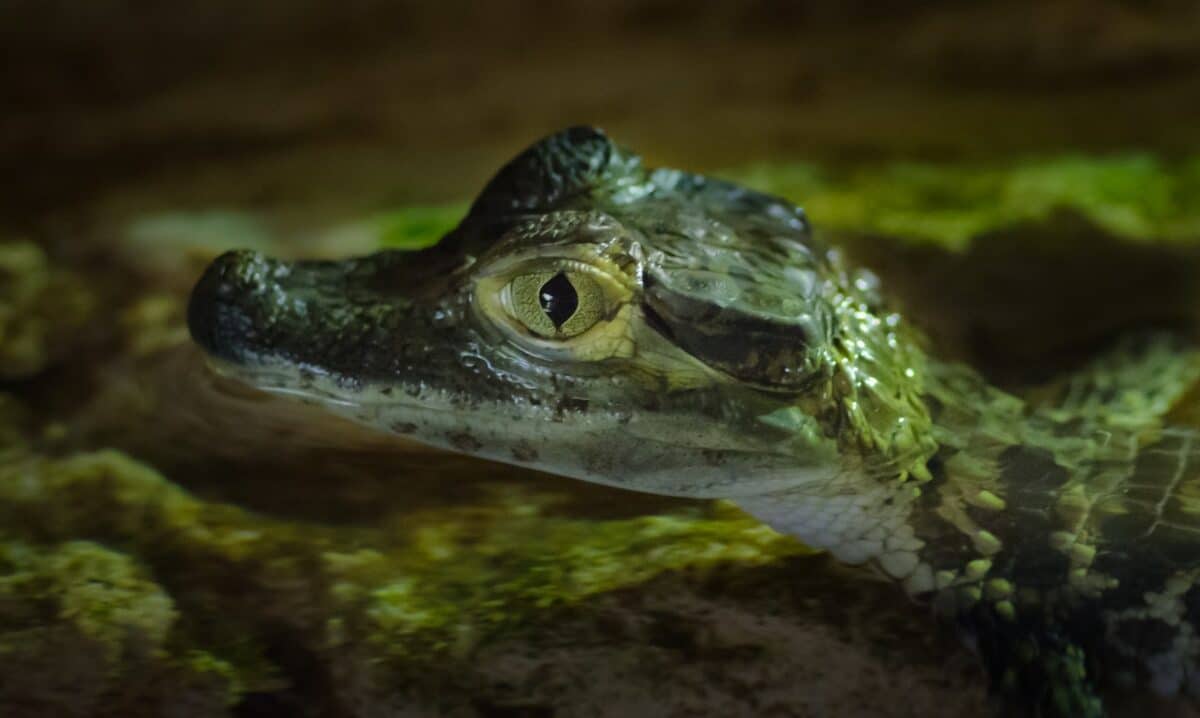
When handling baby alligators, it is important to remember that they can be unpredictable and can react with sudden jumps or erratic movements. Always wear protective clothing like long, sturdy gloves extending past the wrist, so your skin never comes in contact with their mouths and teeth.
Establishing trust with the animals beforehand by placing a hand around them for a few minutes to become comfortable and familiar with you is essential. Make sure you have someone there to help you if anything unexpected happens. Although alligator bites can be fairly mild, it’s still important to be cautious and aware when handling these animals.
In addition, use caution if an alligator begins vocalizing, as this could indicate they’re feeling anxious or alarmed. Instituting these safety tips while handling baby alligators will help ensure your protection as well as the alligator’s comfort and well-being.
Positive Reinforcement Training Techniques
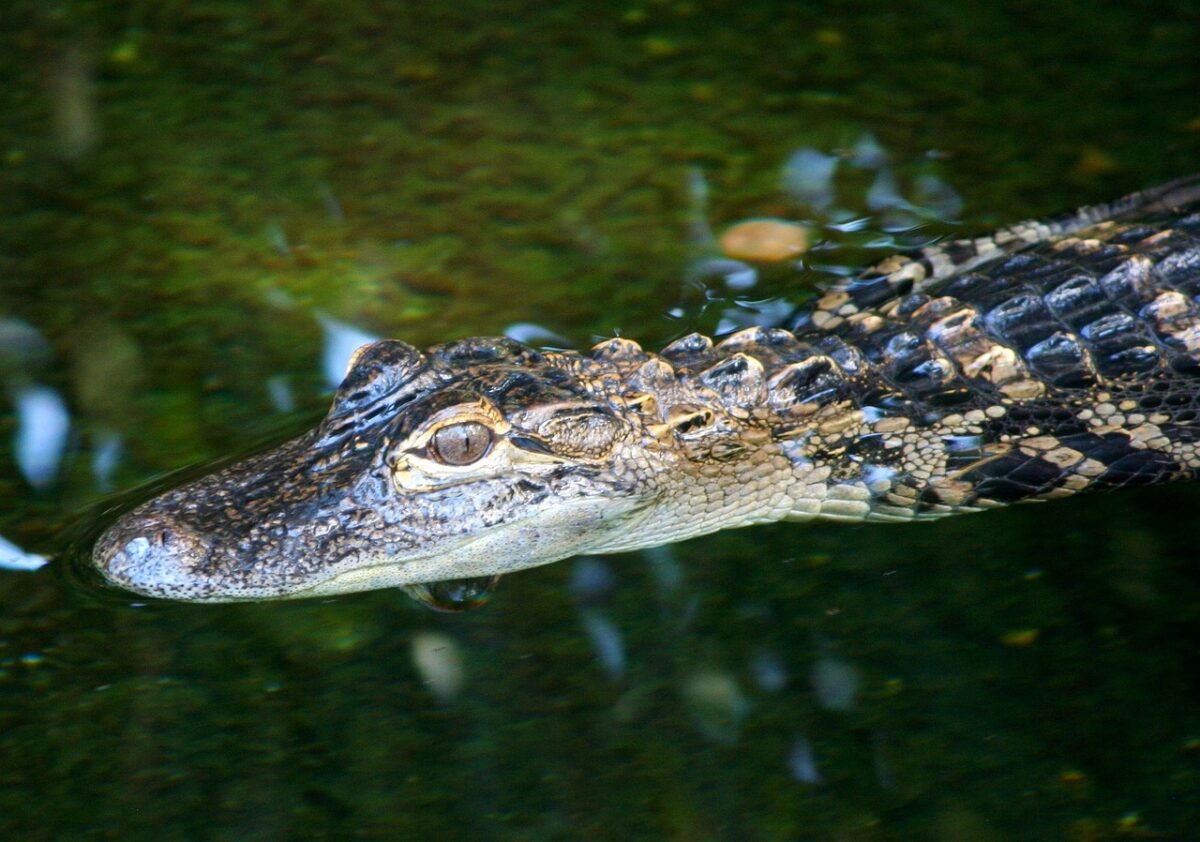
Training a baby alligator can seem daunting, but with the right guidance and patience, it can be an incredibly rewarding experience. One of the best methods to use is positive reinforcement training. This type of training involves rewarding desirable behaviors with treats or affection and redirecting undesirable behaviors gently. This training helps your gator learn basic commands such as “sit” and “stay” and builds trust between you and your pet.
Ways to Keep Your Alligator Stimulated
To keep your alligator stimulated and healthy, provide them with plenty of enrichment activities. There are many ways to do this, such as providing their enclosure with objects like rocks or logs for them to explore, hiding food around the area for them to find, introducing different scents and fabrics so they can explore their environment, and providing interactive toys that will engage their minds!
Additionally, taking them out for occasional walks on a leash or swimming sessions can benefit mental and physical stimulation. As gators are very sensitive creatures, ensure that all activities are monitored and done in a safe environment.
Additional Considerations When Raising A Baby Alligator
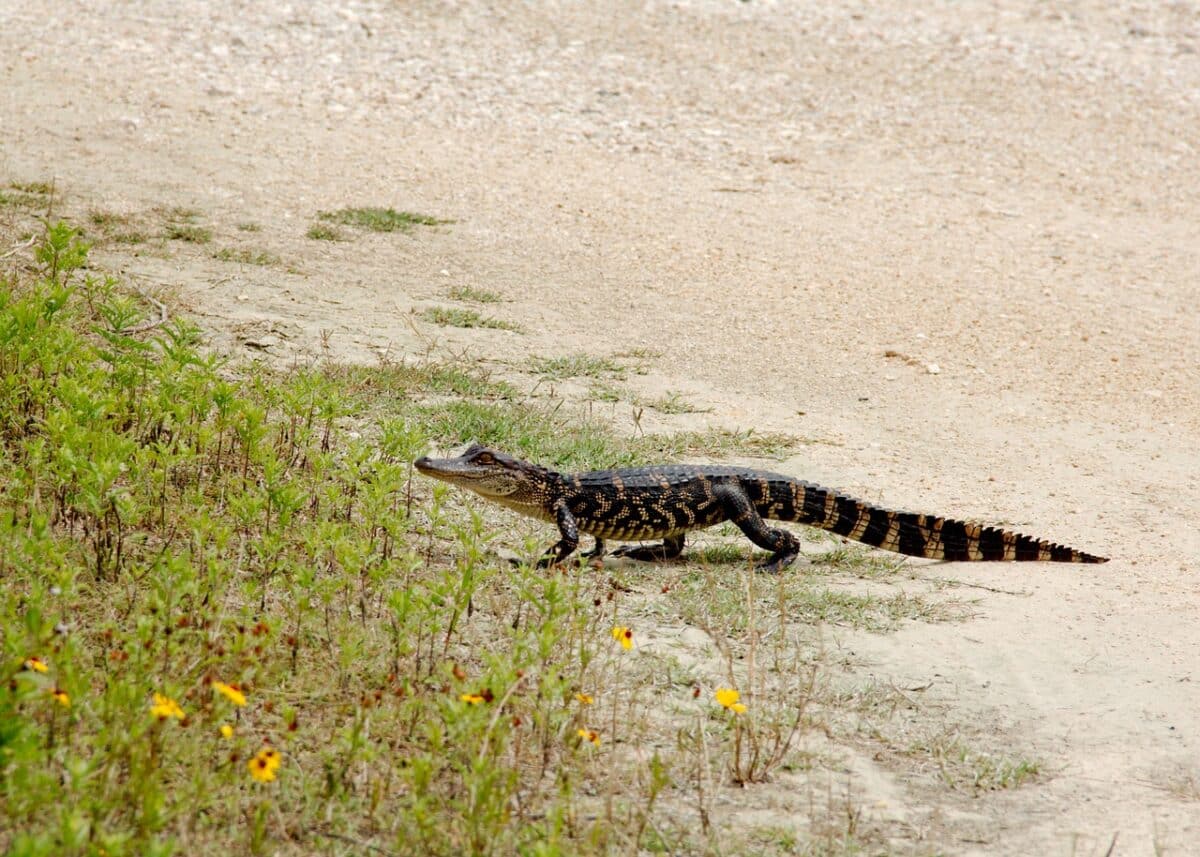
● Legalities & Regulations
When you choose to add a baby alligator to your home, it is important to make sure that you follow any necessary legal regulations. Firstly, many places require permits for owning an alligator, so check with your local authorities before bringing one home. Secondly, understand the rules of keeping a pet alligator in your area and ensure you abide by them. When considering where to keep it, remember that they require larger enclosures than most other animals since they are semi-aquatic creatures.
● Potential Dangers
Even if they seem small and harmless, baby alligators become dangerous when they reach full size. They have powerful jaws and sharp claws that can be used as weapons, so it is important to provide them with secure enclosures and only handle them with proper protection, such as gloves or long sleeves. Moreover, remember that these reptiles do not make ideal pets for young children or animals due to the potential danger involved when handling them.
Conclusion
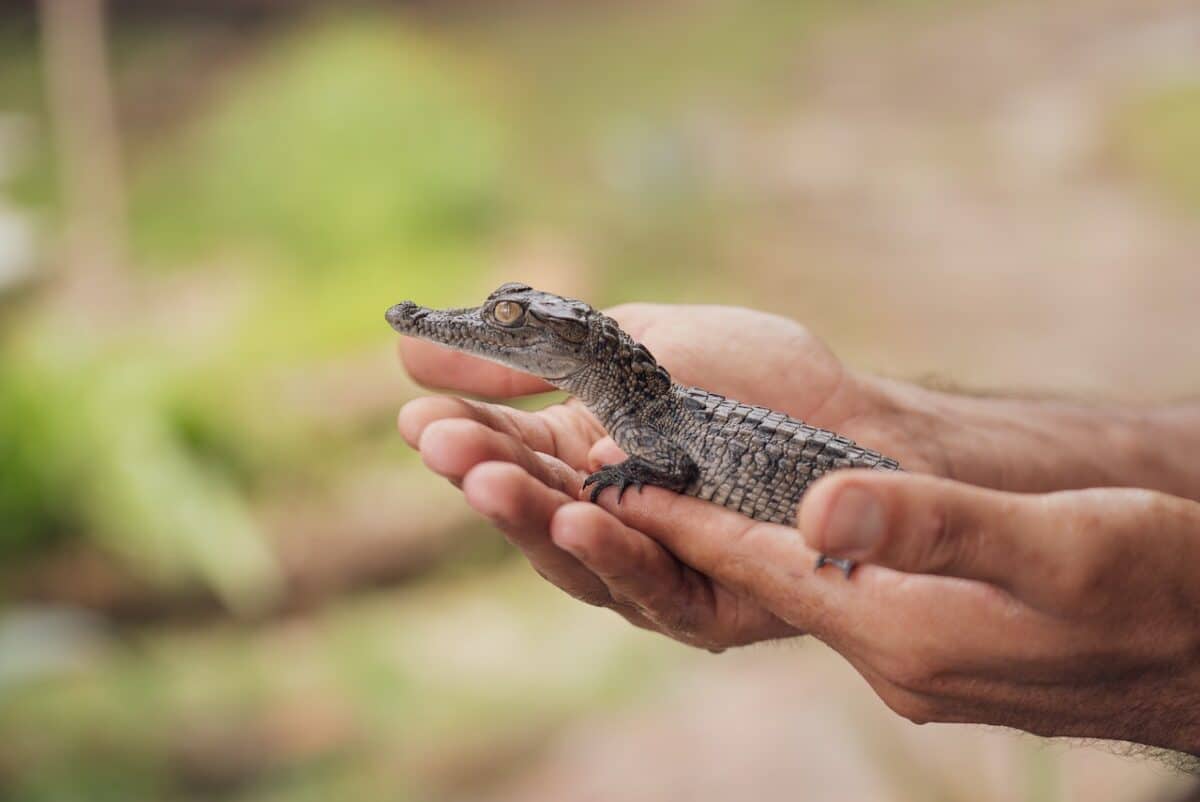
| Key Points |
| Baby alligators, called hatchlings, are young alligators that once hatched from eggs. |
| They are generally about 6 to 8 inches long and have light green or yellowish skin with black stripes. |
| Temperature plays an important role in the well-being of baby alligators, with a range of 75-85 degrees Fahrenheit being ideal for both hatchlings and juveniles. |
| To keep your alligator stimulated and healthy, provide them with plenty of enrichment activities. |
| Bonding with your baby alligator requires extra effort and patience, as it takes time for alligators to become accustomed to human contact. |
Caring for a baby alligator is an interesting yet complex feat. Take these important points and use them to inform your reptile experience. While owning a baby alligator will bring new and exciting experiences, always have safety at the forefront of your mind.
Keeping the alligators in their appropriate habitat as you give them time to adjust is key to healthy long-term physical development. With this newfound information and knowledge, you’re one step closer to becoming a gator-parent.
Thank you for reading this article! To uncover more about the reptile world, head over to read our post on the 15 Most Endangered Reptiles.
- Magpie Bird Is Reunited with Her Dog Best Friend - April 24, 2024
- Dog Saves Another Dog From Drowning in Fish Pond - April 23, 2024
- Man On Motorbike Rescues Cat From Highway - April 23, 2024

